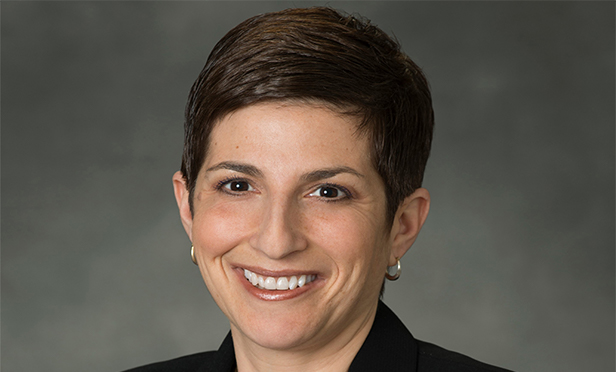
NEW BRUNSWICK, NJ—Reframing the language used to describe affordable housing projects can enable community members to think differently about the need for such projects, and help move development plans through the approval process, say panelists who discussed the topic at the New Jersey Future Redevelopment Conference last week here.
Achieving better results in community engagement will be even more essential in the wake of last week's court decision reaffirming affordable housing targets in Princeton and West Windsor, says Staci Berger, president and chief executive officer, Housing and Community Development Network of New Jersey.
“Everybody lives in a home that's affordable to them,” Berger says. “So when we say 'affordable housing,' we mean one thing, we mean a home that somebody built that was subsidized, but that's not what most people mean when they say 'affordable housing.' Most people hear very negative connotations. Everybody deserves a safe, decent place that they can call home.”
The words planners and developers use to describe affordable housing need to change, Berger says.
“If you're a for-profit developer and you want to create homes that people can afford in the neighborhood, how you talk about it to the zoning board, to the planning board, to the reporters, to the elected officials, all of that makes a huge difference,” she says. “If you talk about it in a way that evokes bad feelings from people, you will get a bad response.”
The best way to approach creative solutions to affordable housing is to avoid using that phrase, she says. Describing a project as “affordable homes” gets a more positive response, Berger says.
“People live in homes, not housing,” she says. “Very few people, at the end of the day, say, 'Boy, I can't wait to get to my housing.'”
Other terms that work better are “apartments” or “starter homes,” she says. Developers and planners should avoid using technical terms like “rental unit” that evoke negative images.
Pointing out to elected officials the need to make affordable homes available to public employees by describing them as workforce housing also help officials build support and receptivity for development projects, she says.
“Wherever you develop, I am begging you just to give the building a street address, so kids can say 'I live at 353 Pine Street,'” says Lori Grifa, a former chair of the now-defunct New Jersey Council on Affordable Housing and New Jersey DCA commissioner who is now a real estate partner with Archer & Greiner. Grifa recalled attending ribbon-cutting ceremonies for affordable homes in urban environments that were always given a name, that ultimately attached a stigma to the neighborhood's residents.
“If you want to commemorate somebody from the community who's been instrumental in providing safe and decent places for people to live, put a plaque in the community room,” she says. “We have to change the dialogue.”
Most affordable housing in New Jersey benefits single mothers with children, Grifa says. Advocates need to remind communities about that demographic, and about aged people who also need affordable places to live, she says.
“Most importantly, when we're talking about affordable housing, we are talking about workforce housing,” says Michael Staton, vice president of Community Preservation Corporation. “These are teachers, firemen, police officers.”
Panelists described innovative approaches to affordable homes, including redevelopment of single-family residences to include multiple smaller apartments within the existing footprint of the property.
Manufactured housing and mobile home parks are frequently overlooked as potential solutions for towns trying to meet their affordable housing obligations, says Margaret B. Carmeli, a partner with the law firm of Tyler & Carmeli.
“In New Jersey, it's very underutilized,” she says. “Manufactured housing is the lowest cost non-subsidized housing in New Jersey. It provides an opportunity to own a single-family home where you have some outdoor space around them.”
There are about 34,000 manufactured homes in New Jersey, she says. They are built in factories to federal standards that also govern installation. Modular homes are also factory-built, but to the local building code where they are being erected and are often more-expensive than manufactured homes.
“If every municipality had 30 manufactured homes in a land-leased community, that would be 30 homes that people could go home to at night and afford,” Carmeli says. “These could be built in urban areas where there's transportation or jobs close by, on redevelopment sites that we have in the cities. You have public water, public sewers, public utilities available. You don't need to build them in rural areas where people have to drive two hours to work.”
Jim Constantine, a principal with Looney Ricks Kiss, a Memphis-based architectural firm with a presence in Princeton, NJ, described creating triplex and fourplex apartments at the same scale as single-family homes, and the need for flexible zoning to accommodate these new models.
Such uses can be designed to blend into the single-family footprint, with doors away from the street so that the neighborhood continues to have the look and feel of single residences, he says.
© 2025 ALM Global, LLC, All Rights Reserved. Request academic re-use from www.copyright.com. All other uses, submit a request to [email protected]. For more information visit Asset & Logo Licensing.








